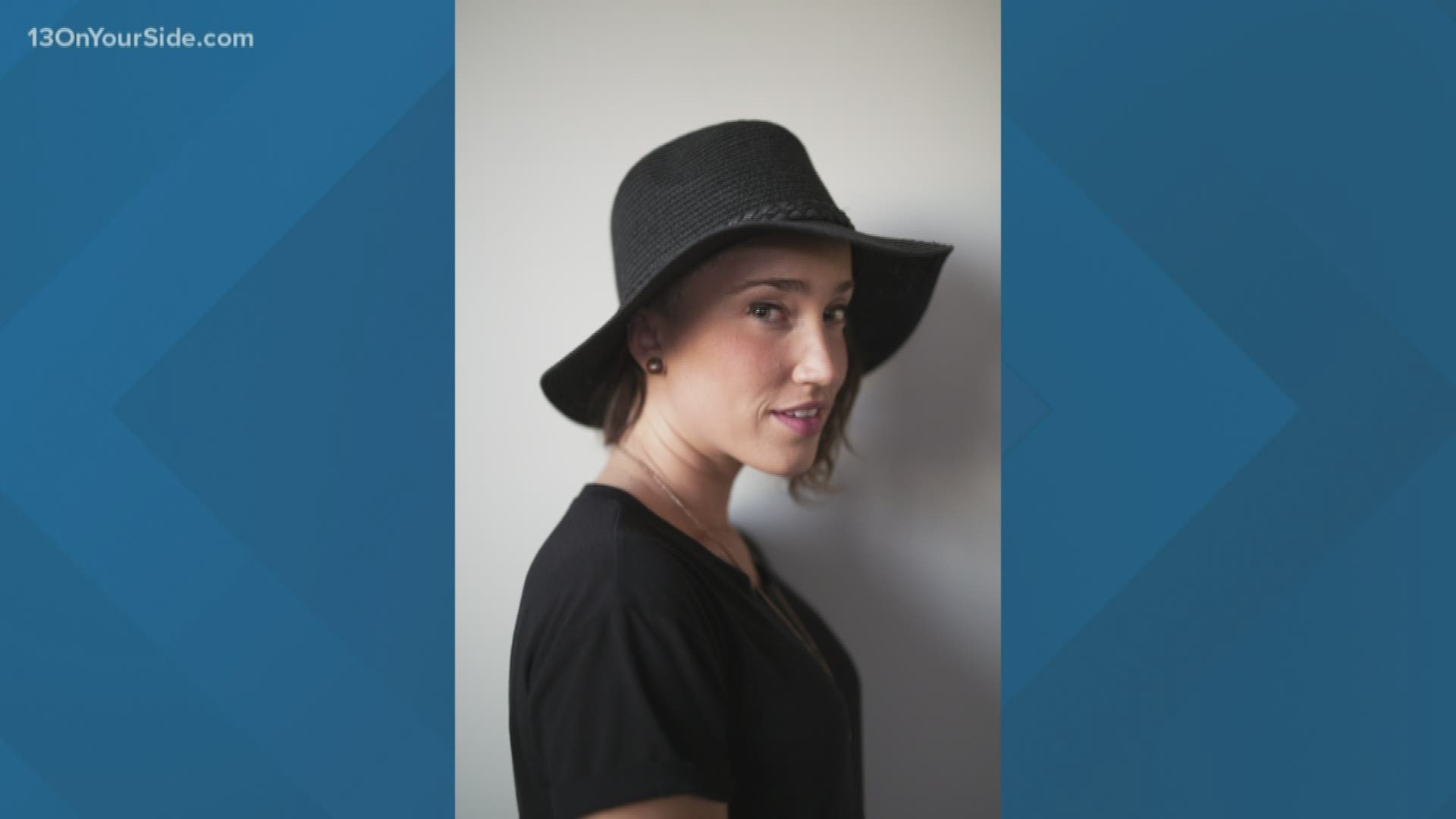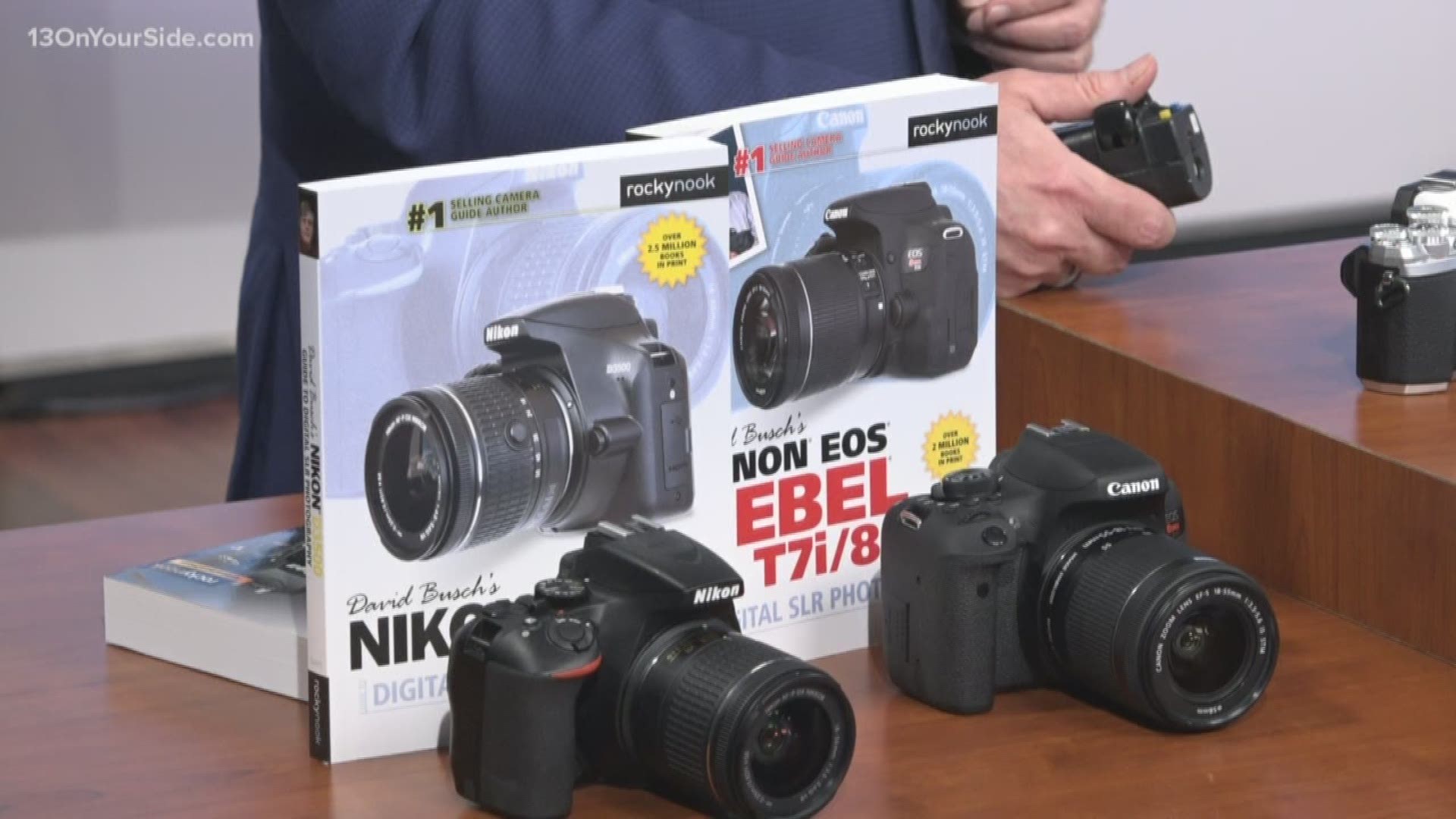MUSKEGON, Mich. — Justin Stubleski from the Camera Shop of Muskegon offered up some great tips for taking the perfect portrait.
We all know the old adage, a picture is worth a thousand words and with every press of the shutter we are trying to use light, lenses, and our cameras to create a story. This idea of storytelling holds true whether you're photographing a landscape or whether you're photographing people. The following tips will help guide you in creating stronger portraits
Connect with your subject
Connect with your subject. It can be uncomfortable and awkward to have your photograph taken, especially if it's your first time in front of the camera. If you're working with a family member or friend, you've already done the heavy lifting and should have a well-established connection. If you're working with someone new, make sure you schedule enough time to get comfortable with each other, a half hour or so to break the ice. When you are comfortable with someone you'll get genuine results and reactions and that solid connection with your subject it will reflect well in your photographs.
Focus on the Eyes
You've probably heard the saying that the eyes are the window to the soul, right? So it's no surprise that when you're shooting portraits you'll want to focus on the eyes. You want to create a connection between your viewer and the subject you are capturing. If you’re focused on the subject's forehead, bangs, nose, etc and their eyes are out of focus, it automatically kills the connection. You want the eyes to be sharp! More importantly, you'll also want to make sure the eye closest to the camera is the one that's the sharpest. If your subject's right side of their face is closest to the camera, you'll be focusing on the right eye, not the left. Sharp, in focus eyes, helps strengthen the connection between your subject and the viewer.
Be Mindful of your Background
Remember, with every photograph you are trying to tell a story. So ask yourself, does your background add or take away from your subject and their story? An everyday object in the background can ruin the perfect portrait. Do you have a tree limb, street sign, or other object growing out of your subject's head or body? Be mindful of everyday objects and place your subject accordingly in the scene. If you have a low aperture lens, like a 50mm F1.8 prime lens, you can minimize or eliminate a distracting background by creatively blurring it. In some cases, the background doesn't take away from the subject's story but adds to it! This type of portrait is called an environmental portrait. If your subject is an artist, like a painter, photographing them in their studio surrounded by their artwork, canvas on an easel, & tools of the trade, it adds so many visual elements that add to the story of what type artist they are and what they use to create their work.
Prime Lenses are Key
There's always the right tool for the right job. When you are capturing and creating portraits you'll want to make sure you are using the right lens. Sure you can use any lens at your disposal, but some are better than others. So what type of lenses should you use? You should use a prime lens. Prime lenses are fixed focal length lenses (as opposed to a zoom lens). They typically have an aperture ranging from f/2.8 to f/1.2. These lenses let in more light, allow you to control the "bokeh" or blur of the background and have a really sharp focus. which is everything you want for your portraits! There is a wide assortment of prime lenses. If you are shooting environmental portraits I recommend using a 24mm or 35mm wide-angle prime lens. If you are shooting your subject from the waist up or bust portraits, I suggest using a 50mm, 85mm, 105mm or higher portrait primes.
Look for the Light
Photography means painting or drawing with light, so find good light! Light is the last element that can set the overall tone and mood of your image. If you want to create something more dramatic with high contrasty shadows you'll want to use direct lighting, like the sun or artificial lighting. If you are looking for something more subtle and less dramatic you'll want to use diffused light, like window light. You can find soft light in the mornings, evenings, and in shady areas, direct light during midday. Reflectors are great tools for modifying natural light by either diffusing and softening it or bouncing light to fill in shadows. If you don't have a good source of natural light you may want to consider using a flash with a modifier to control, soften, and direct the light.
In closing, don't let all this information overwhelm you. There's a lot of great information out there, don't get lost in the details. Creating should be fun! I create photographs because I enjoy it and I hope you do too. Remember to keep it simple and just get there and create and make sure you have fun doing it.
RELATED VIDEO:
MORE on 13 ON YOUR SIDE:
►Make it easy to keep up to date with more stories like this. Download the 13 ON YOUR SIDE app now.
Have a news tip? Email news@13onyourside.com, visit our Facebook page or Twitter. Subscribe to our YouTube channel.


